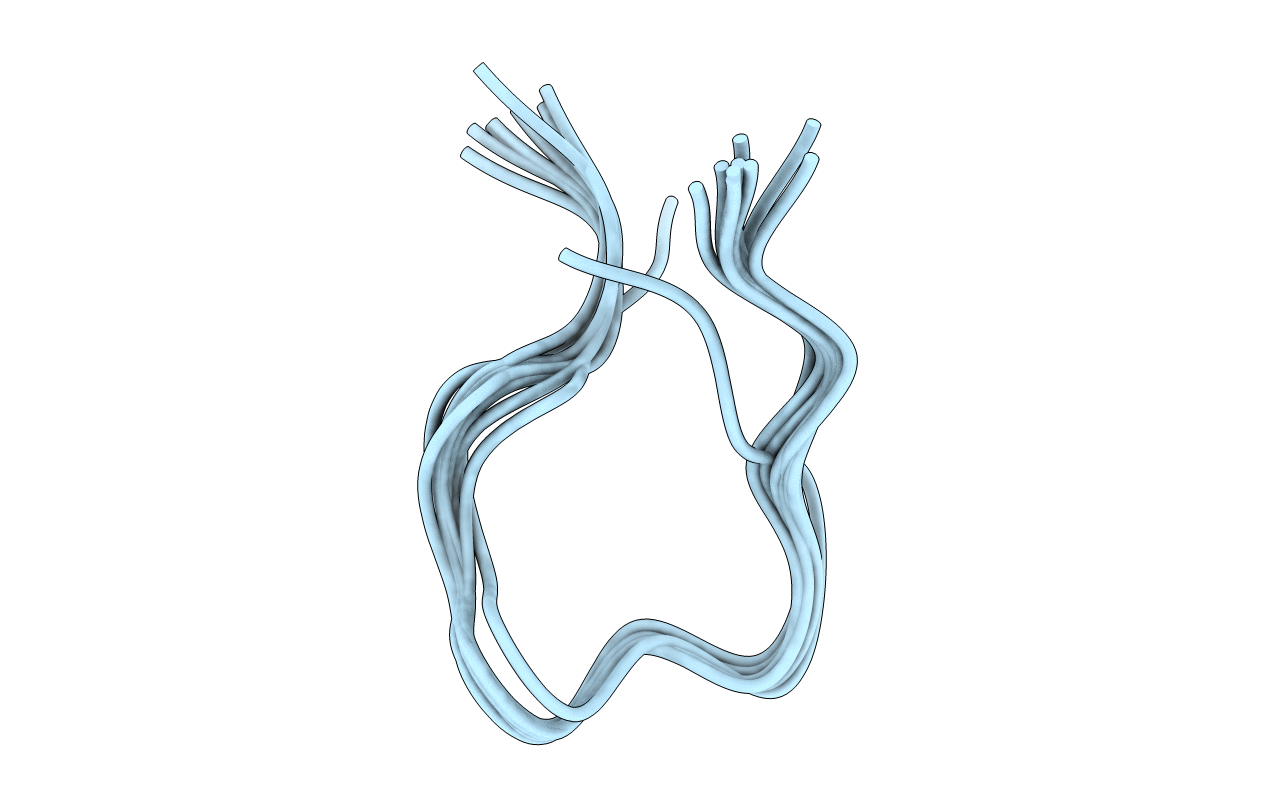
Deposition Date
2003-09-04
Release Date
2003-12-30
Last Version Date
2024-10-16
Entry Detail
PDB ID:
1QX9
Keywords:
Title:
Structure of a cyclic indolicidin peptide derivative with higher charge
Biological Source:
Source Organism:
Method Details:
Experimental Method:
Conformers Calculated:
20
Conformers Submitted:
10
Selection Criteria:
structures with the least restraint violations,structures with the lowest energy


